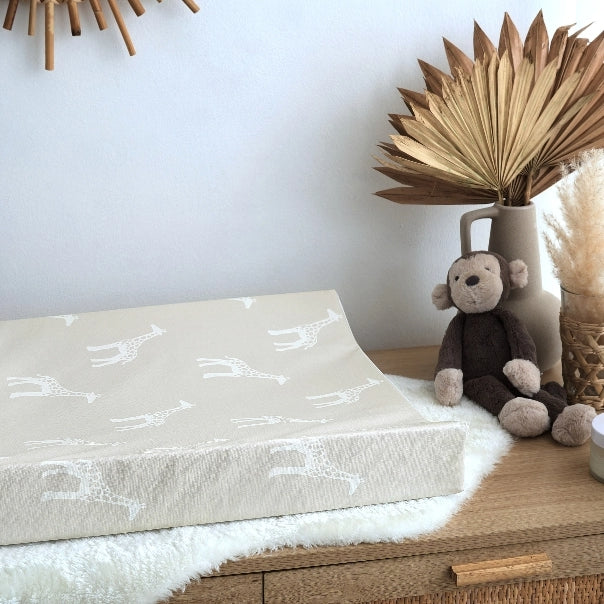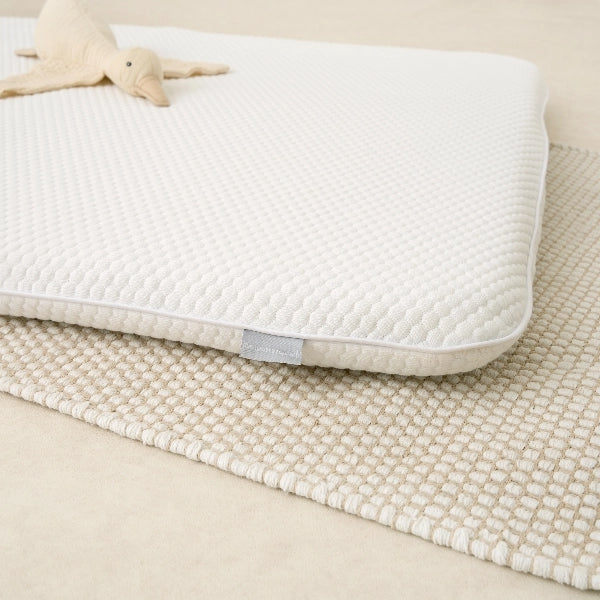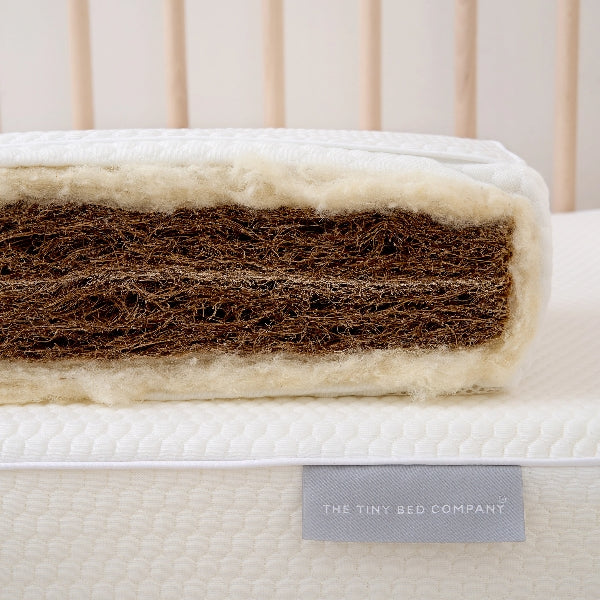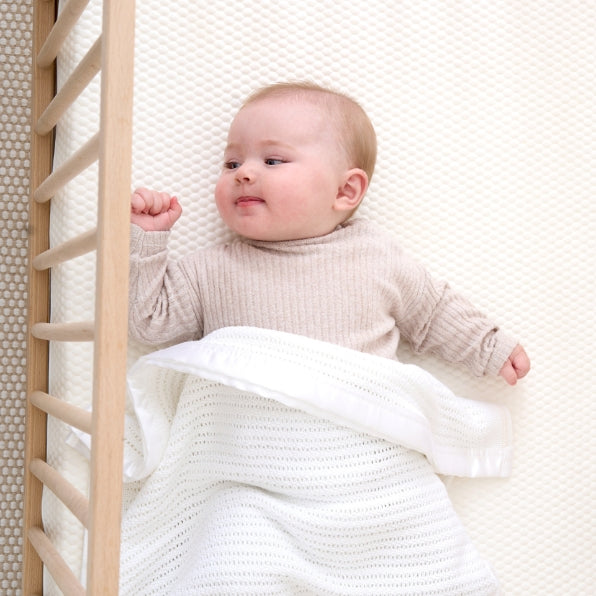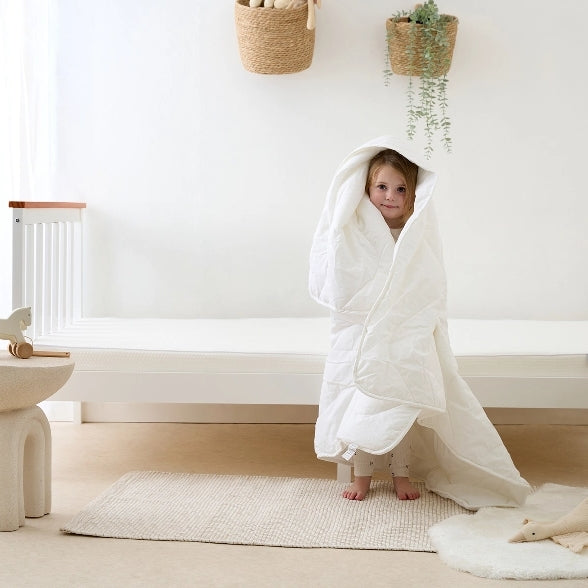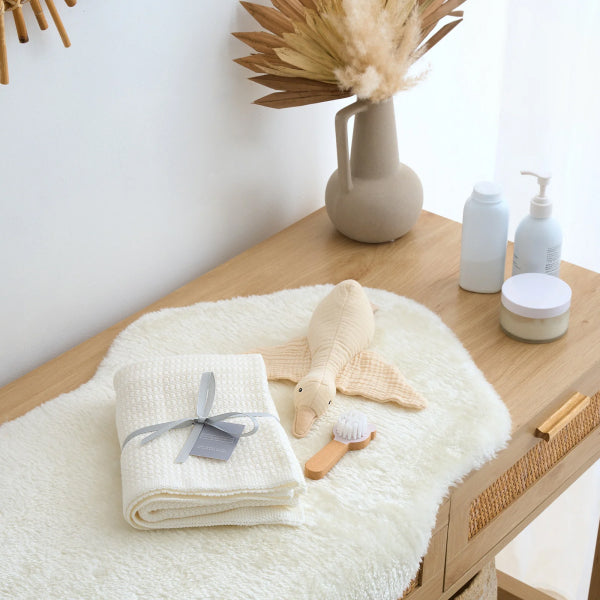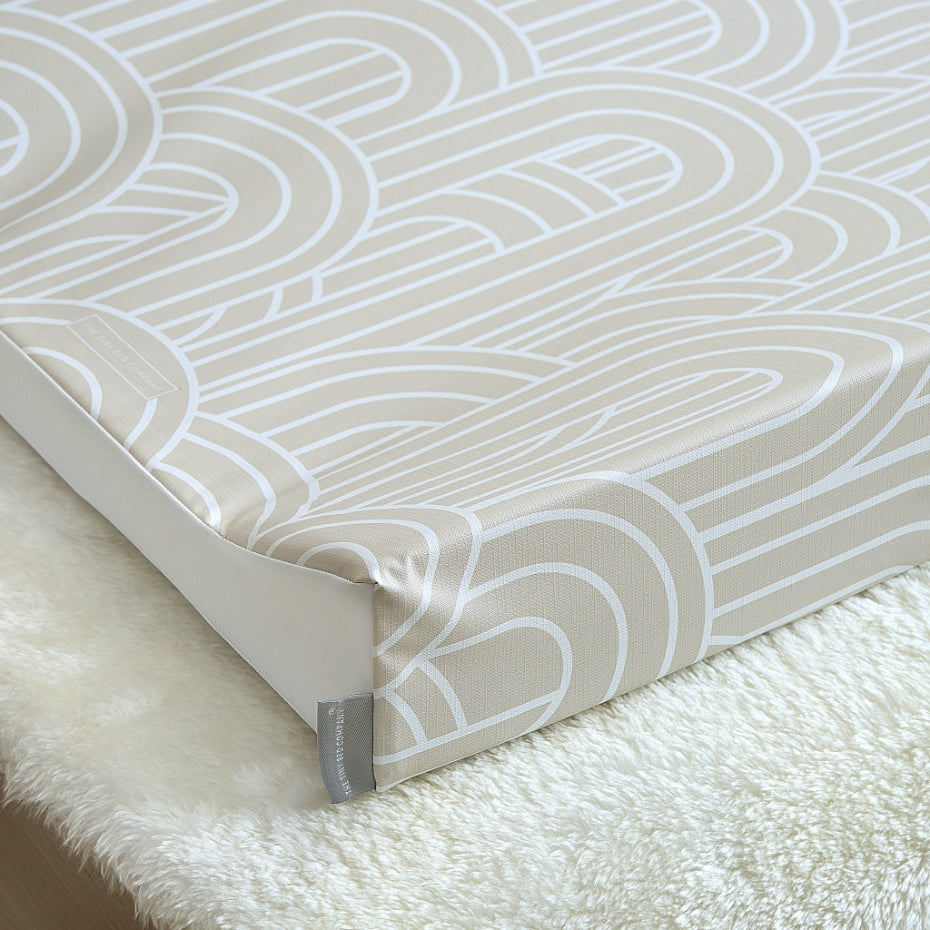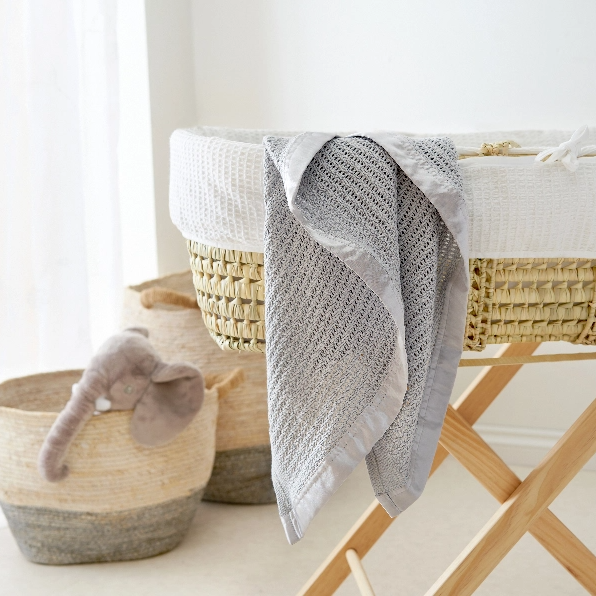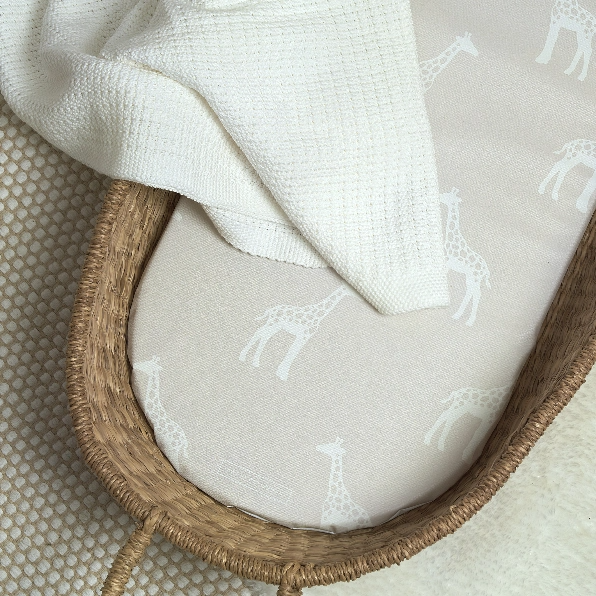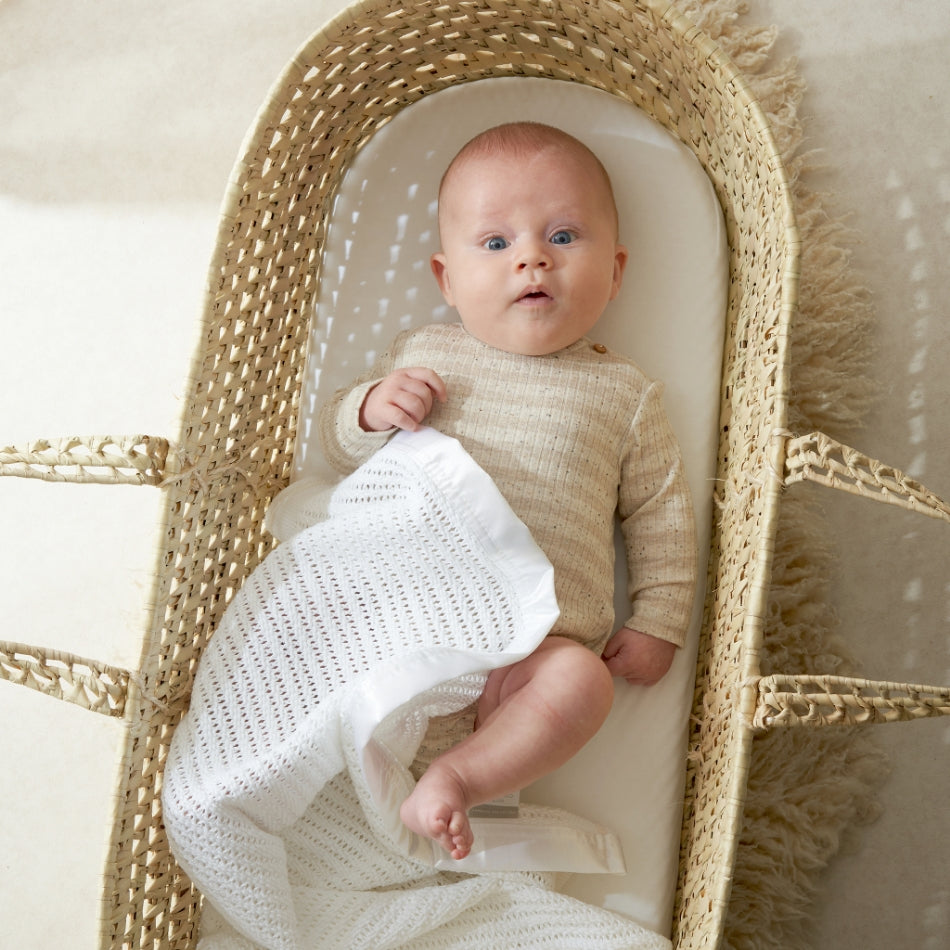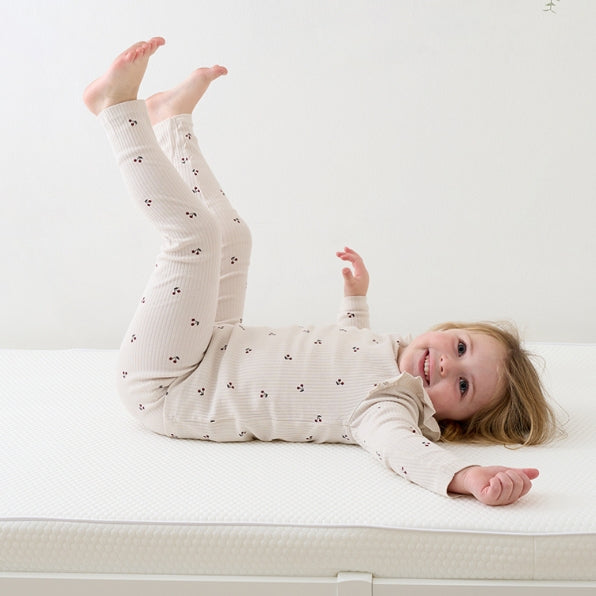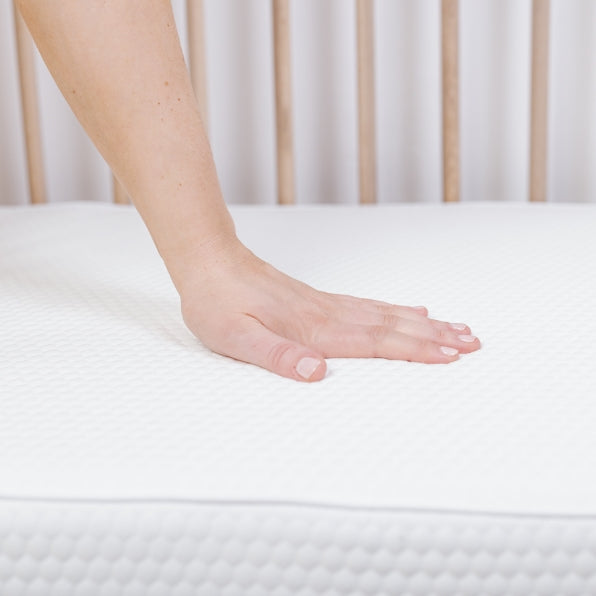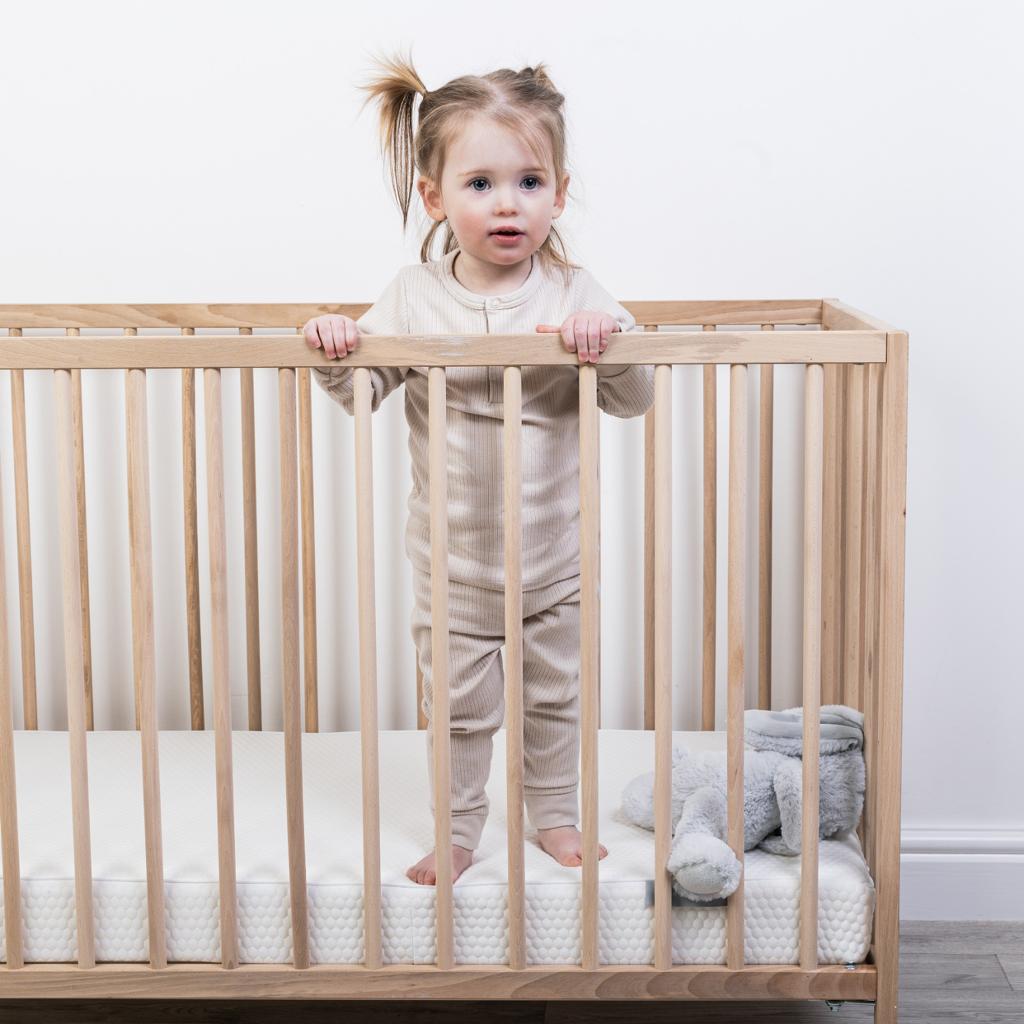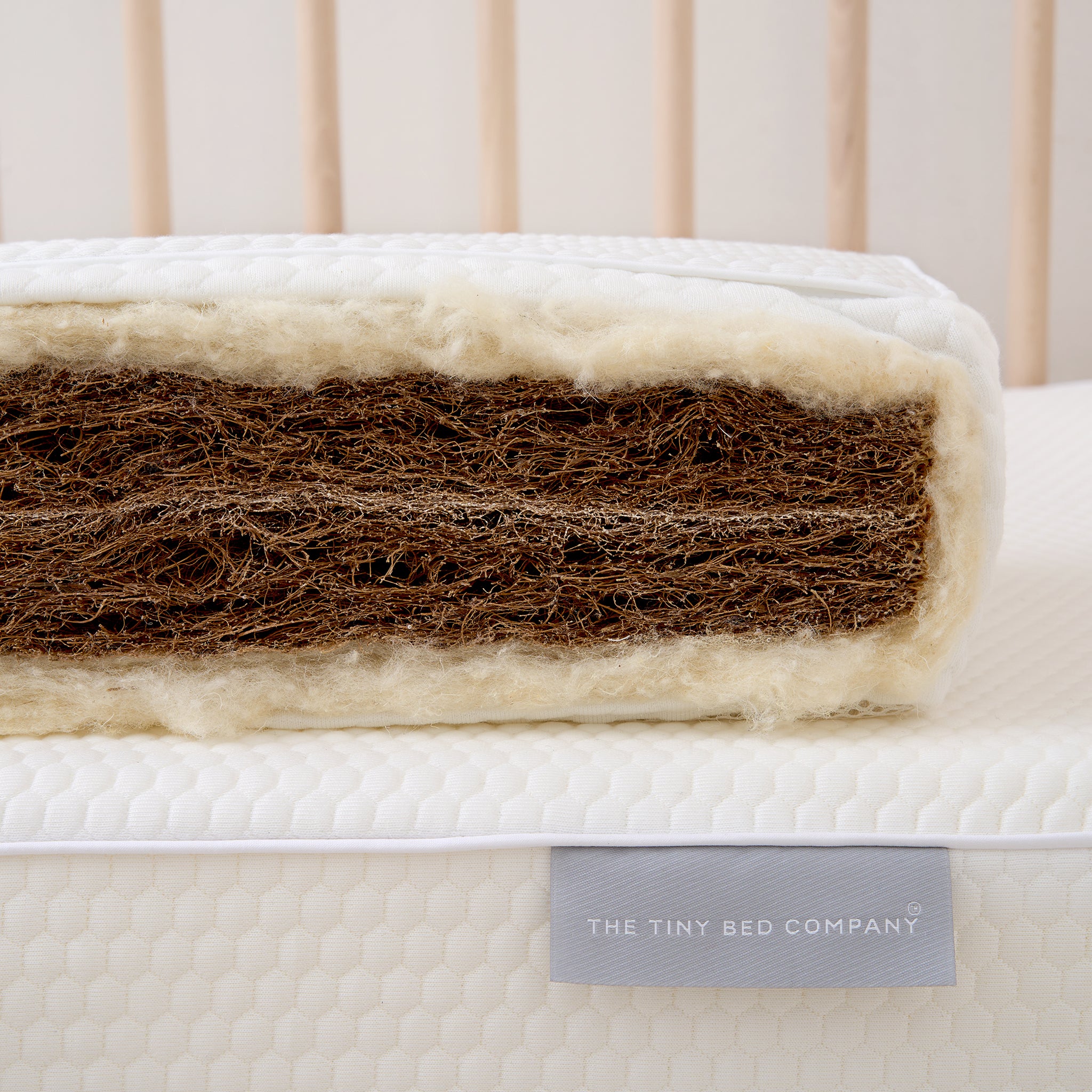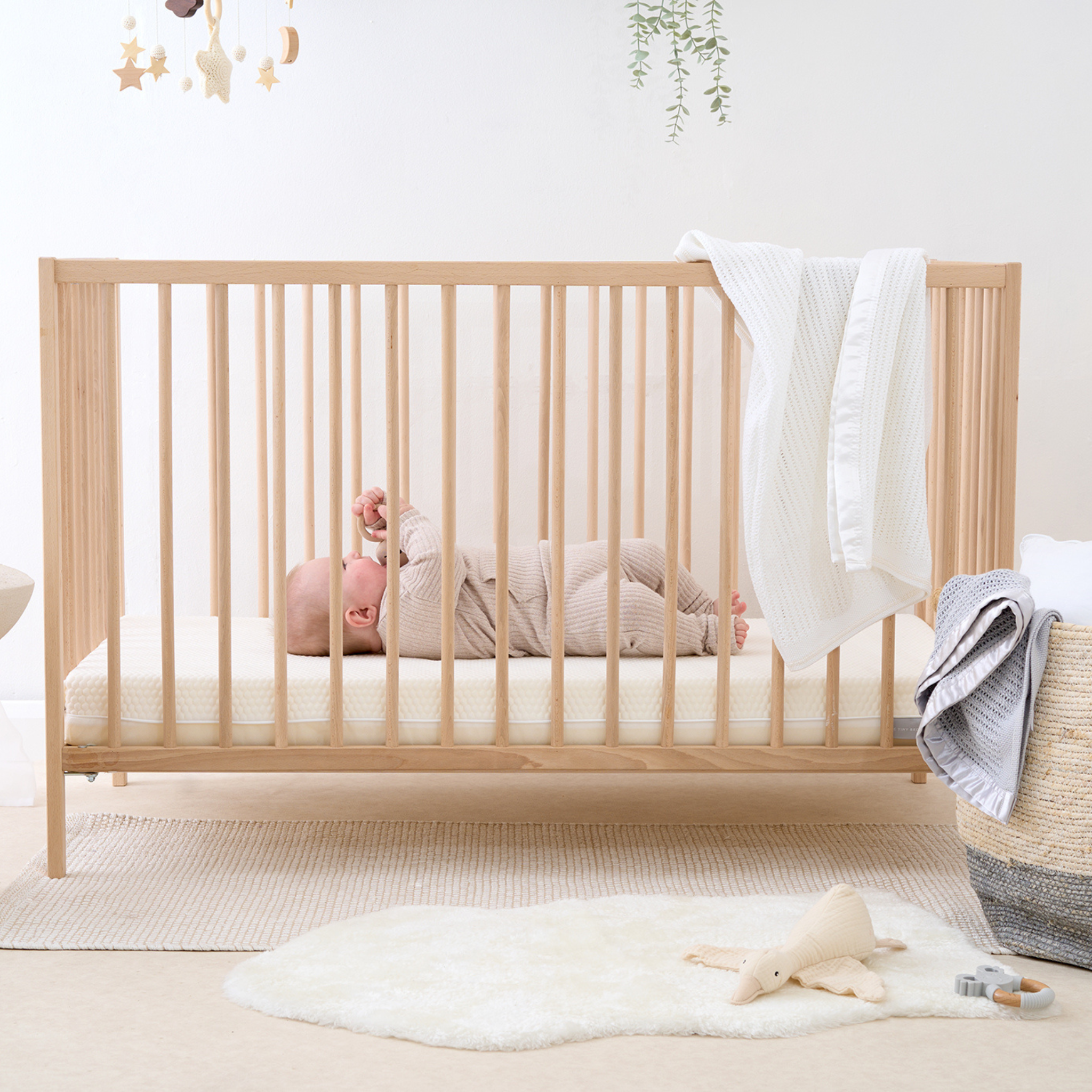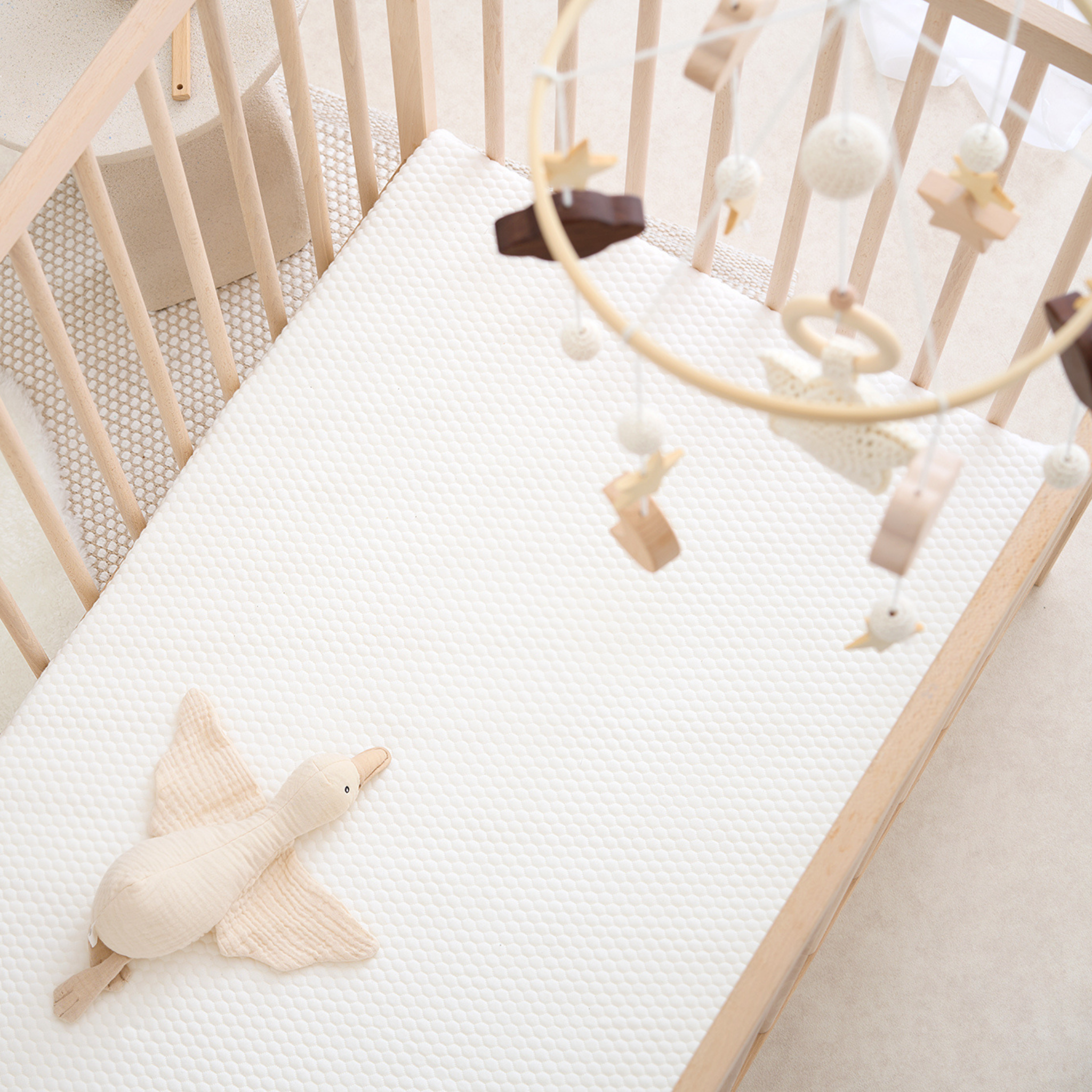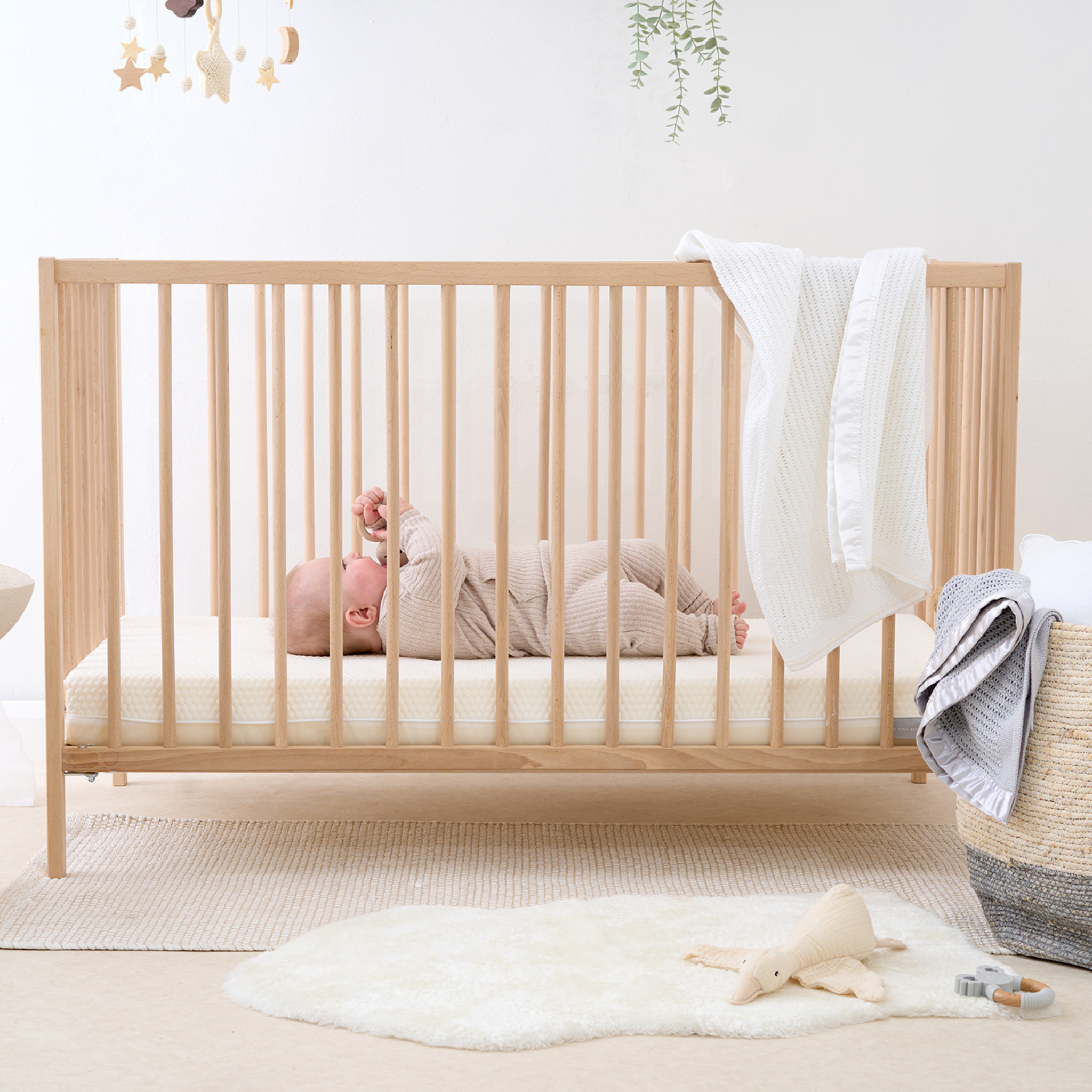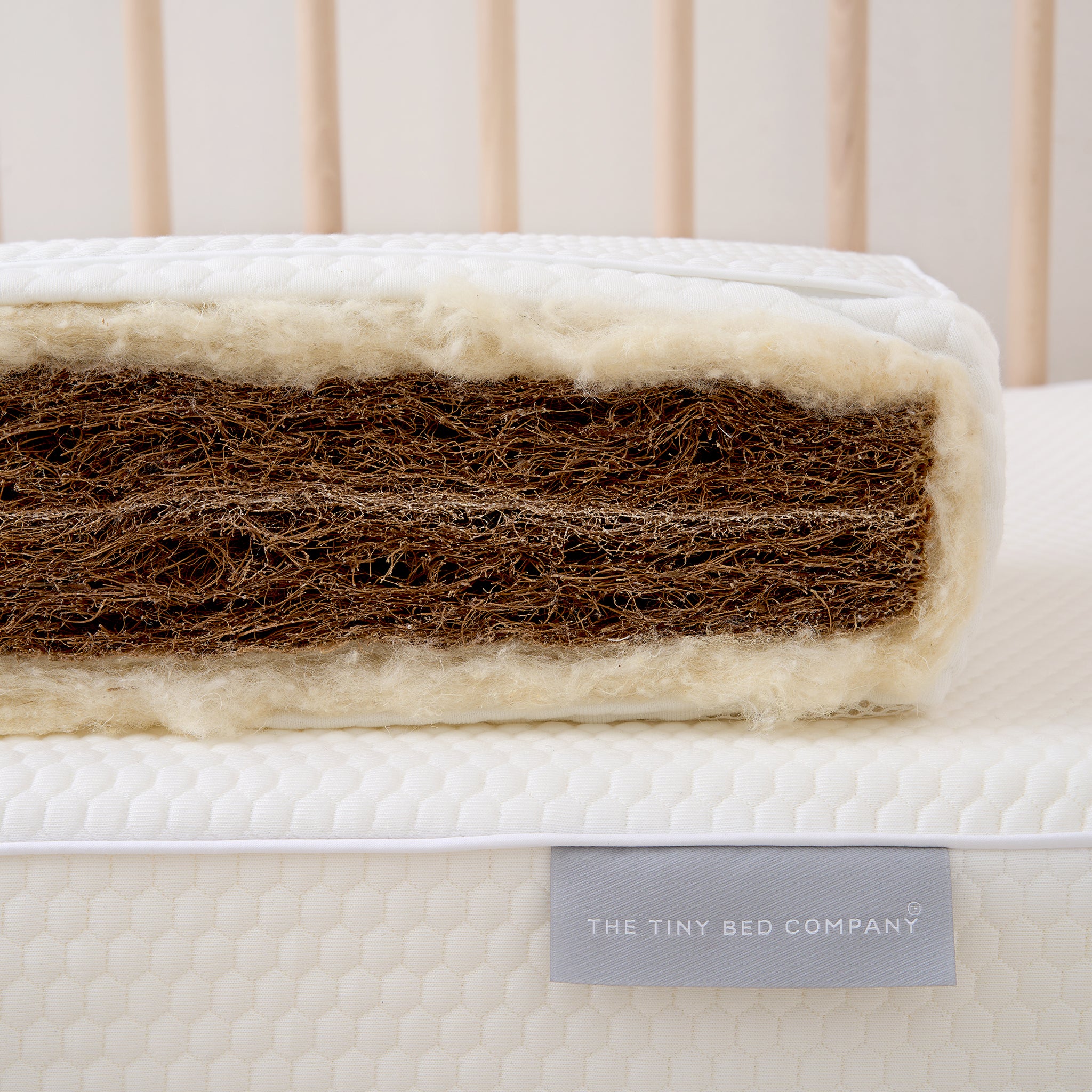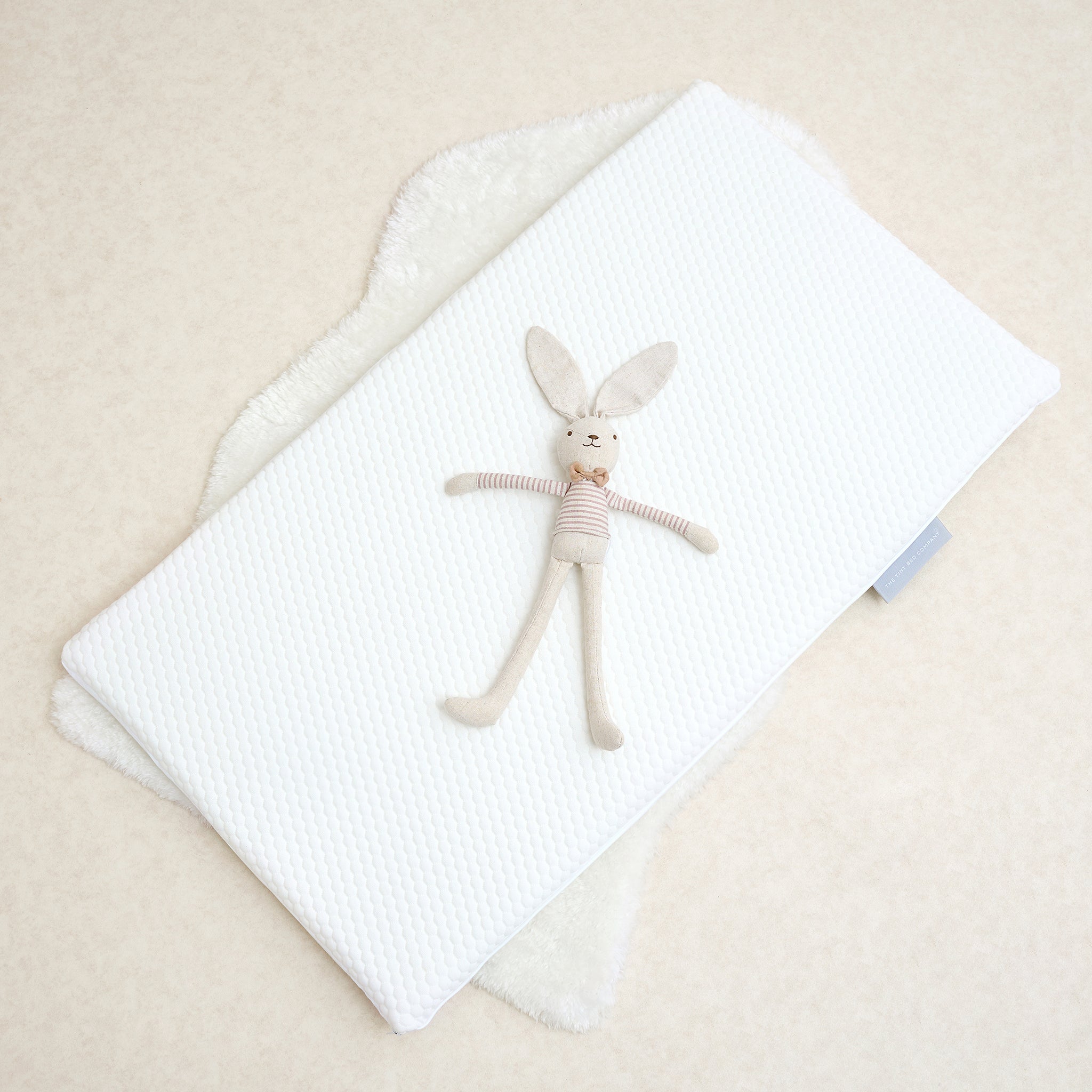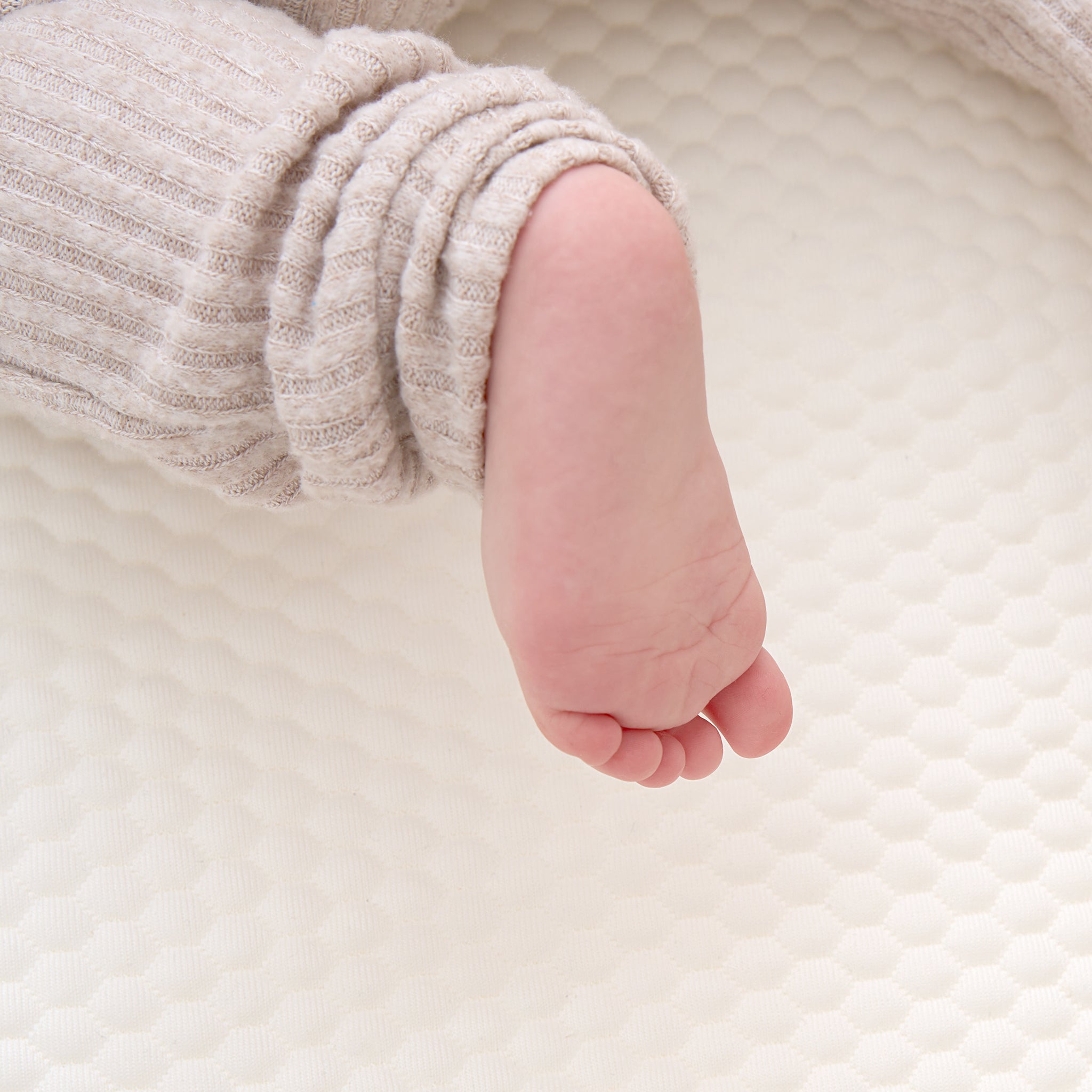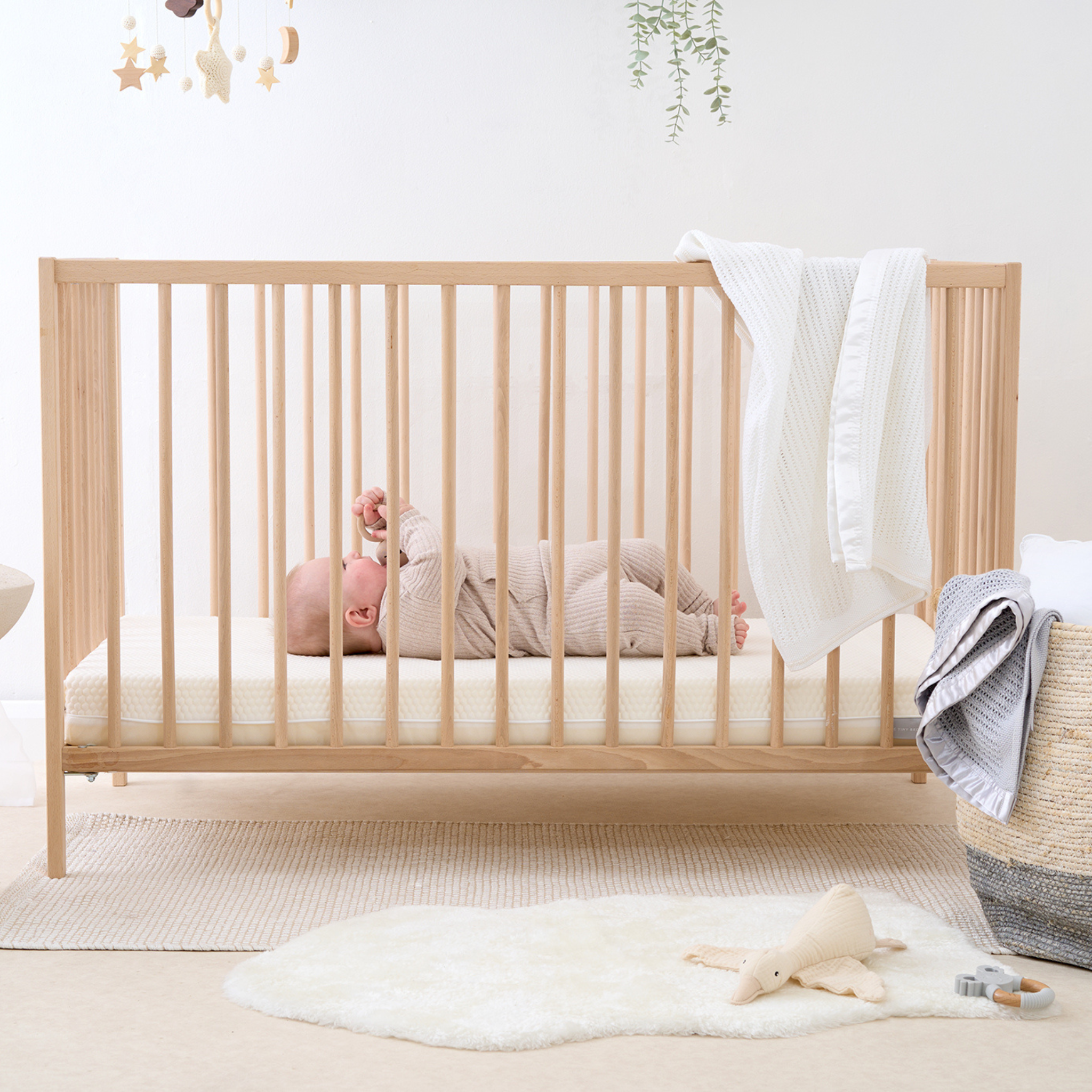When and How to Introduce a Pillow and Duvet into Your Child's Cot: A Safety Guide
Introducing a pillow and duvet into your child's cot is a significant milestone in their journey to independent sleep. However, timing is crucial to ensure their safety and comfort. Here’s a comprehensive guide to help you understand when and how to make this transition smoothly, with references to safe sleep guidelines in the UK.
When to Introduce a Pillow and Duvet
Safety First: The Recommended Age
The most important factor to consider when introducing a pillow and duvet is safety. The NHS and the Lullaby Trust, key authorities on infant sleep safety in the UK, advise that soft bedding, including pillows and duvets, should not be introduced to a child’s sleep environment until they are at least 12 months old. This recommendation aims to reduce the risk of Sudden Infant Death Syndrome (SIDS) and suffocation.
The 12-Month Mark
By around 12 months, most toddlers have better head and neck control and can move around their sleep space more effectively. This reduces the risk of suffocation or entanglement. However, it’s essential to note that every child develops at their own pace, and some may be ready a bit later.
Signs Your Child Is Ready
While age is a good guideline, there are other signs to look for that indicate your child might be ready for a pillow and duvet:
- Mobility and Control: Your child can move their head and body freely and push objects away from their face if necessary.
- Climbing Ability: If your child can climb in and out of their cot, it might be a sign they’re ready for more grown-up bedding.
- Sleeping Habits: Observe if your child seems uncomfortable without a pillow or is trying to use stuffed animals or blankets as a makeshift pillow.
Choosing the Right Pillow and Duvet
Once you’ve determined that your child is ready, selecting the appropriate pillow and duvet is crucial:
-
Pillow:
- Choose a small, firm pillow designed specifically for toddlers. Avoid adult-sized or overly soft pillows that can pose a suffocation risk.
- Ensure the pillow is hypoallergenic to prevent allergic reactions.
-
Duvet:
- Opt for a lightweight, breathable duvet suitable for the current season. Overheating can be a risk, so ensure it’s not too heavy.
- Similar to the pillow, a hypoallergenic duvet is preferable.
Transition Tips
Transitioning to a pillow and duvet should be gradual and closely monitored:
- Start with Nap Time: Introduce the pillow and duvet during nap times before using them at night. This allows you to observe how your child adjusts to the change.
- Keep the Cot Clear: Ensure the cot remains free of other items like toys or extra blankets that could pose a risk.
- Monitor Closely: For the first few weeks, check on your child periodically to ensure they are safe and comfortable with their new bedding.
Alternatives to Consider
If you’re unsure about introducing a pillow and duvet, there are alternatives. For example, Sleep Sacks: These wearable blankets keep your child warm without the risk of suffocation associated with loose bedding. They are available in different tog ratings to suit the season.
Introducing a pillow and duvet into your child’s cot is a big step that requires careful consideration of their age, development, and safety. By waiting until at least 12 months and observing your child’s readiness, you can make this transition smoothly and safely. Always choose appropriate bedding and monitor your child closely during the initial stages to ensure they are comfortable and safe in their new sleep environment.
With the right timing and preparation, your child will enjoy the added comfort of a pillow and duvet, leading to more restful nights for both of you. For further guidance, refer to the NHS and the Lullaby Trust's safe sleep guidelines to ensure you’re making the best choices for your child’s safety and comfort.

